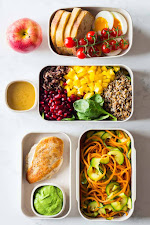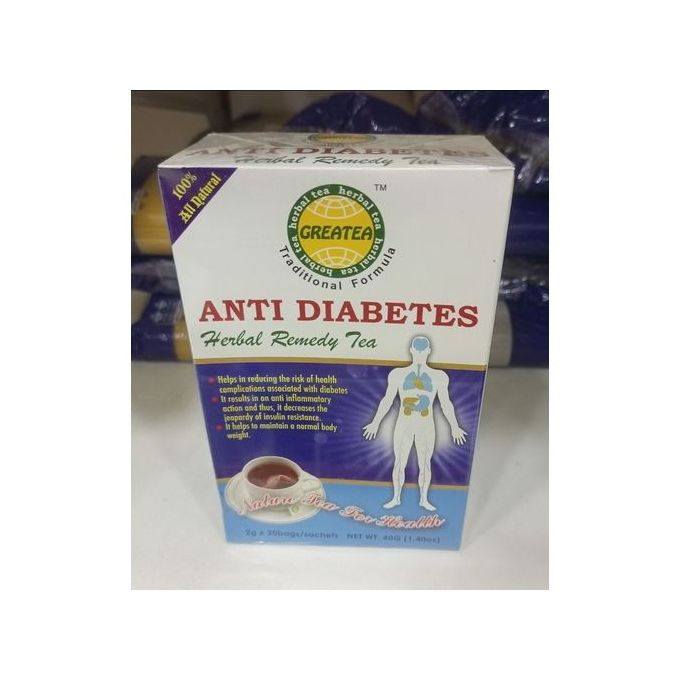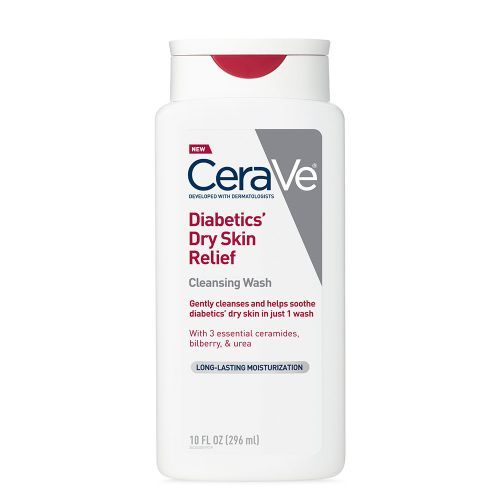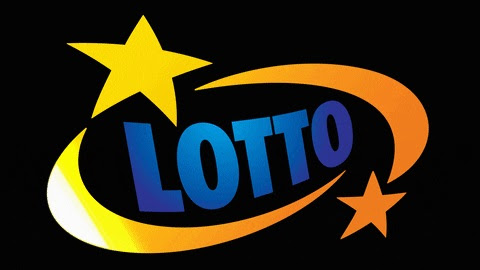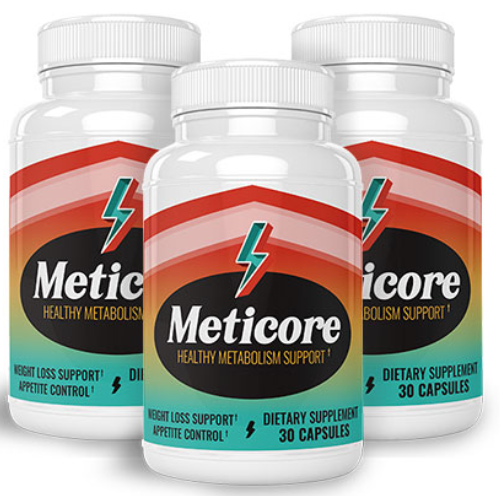Diabetes is a common disease that affects millions of people around the world. Currently, there is no medical cure to diabetes, which means, you have to manage it well. The good news is that with a healthy lifestyle and medication, you can continue to live a long and happy life. The rest of this article will provide you with the best strategies to manage diabetes on a day-to-day basis.
1. Count the Carbs
Remember how we said that the glucose in our blood comes from carbohydrate intake? Obviously, the next step towards managing and reversing diabetes would be controlling the intake of carbohydrates (carbs).
Carbohydrates are a major component in many types of food such as fruits, vegetables, cookies, corn, potatoes, beer, wine, dairy products, bread and rice. Our body breaks down the carbohydrates in the foods and turns them into glucose, which is used for energy production.
Eating more carbohydrates than your body needs will increase your blood sugar to unhealthy levels. Diabetics should avoid this, and therefore need to count carbohydrates in food consumption.
How much carbohydrate is ideal for diabetics?
Counting carbs means counting the grams of carbohydrates in the food you eat. It seems impossible to come up with a perfect number of carbs since that depends on many different factors such as the medications you are taking, your lifestyle, age, weight and other factors.
For example, an active person can eat more carbohydrates without affecting their blood sugar levels, as compared to a person with a sedentary lifestyle. That is why it is recommended for you to talk to your doctor so that you can set the ideal carb amount together. Below is a general guideline:
Women:
30 – 60 grams per meal
10 – 30 grams per snack
Men:
45 – 75 grams per meal
10 – 30 grams per snack
Here is a list of foods that have carbohydrates:
• Grains (rice, barley, oatmeal, etc.)
• Other foods that are based on grains (pasta, bread, etc.)
• Milk products
• Starchy vegetables (corn, potatoes, etc.)
• Fruits (that also includes juices)
• Legumes (dried beans, soy, etc.)
• Sugar, sweets, snacks
*Note: There are also non-starchy vegetables that contain a lower amount of carbohydrates: broccoli, cucumber, cauliflower, and lettuce.
RELATED POSTS
Known Factors That Can Lead To
Diabetes
How Do You Count Carbohydrate Intake?
Lose Weight and Exercise Regularly
Cut Back on Saturated Fats and Avoid Trans Fats
Around the Web




.jpg)


